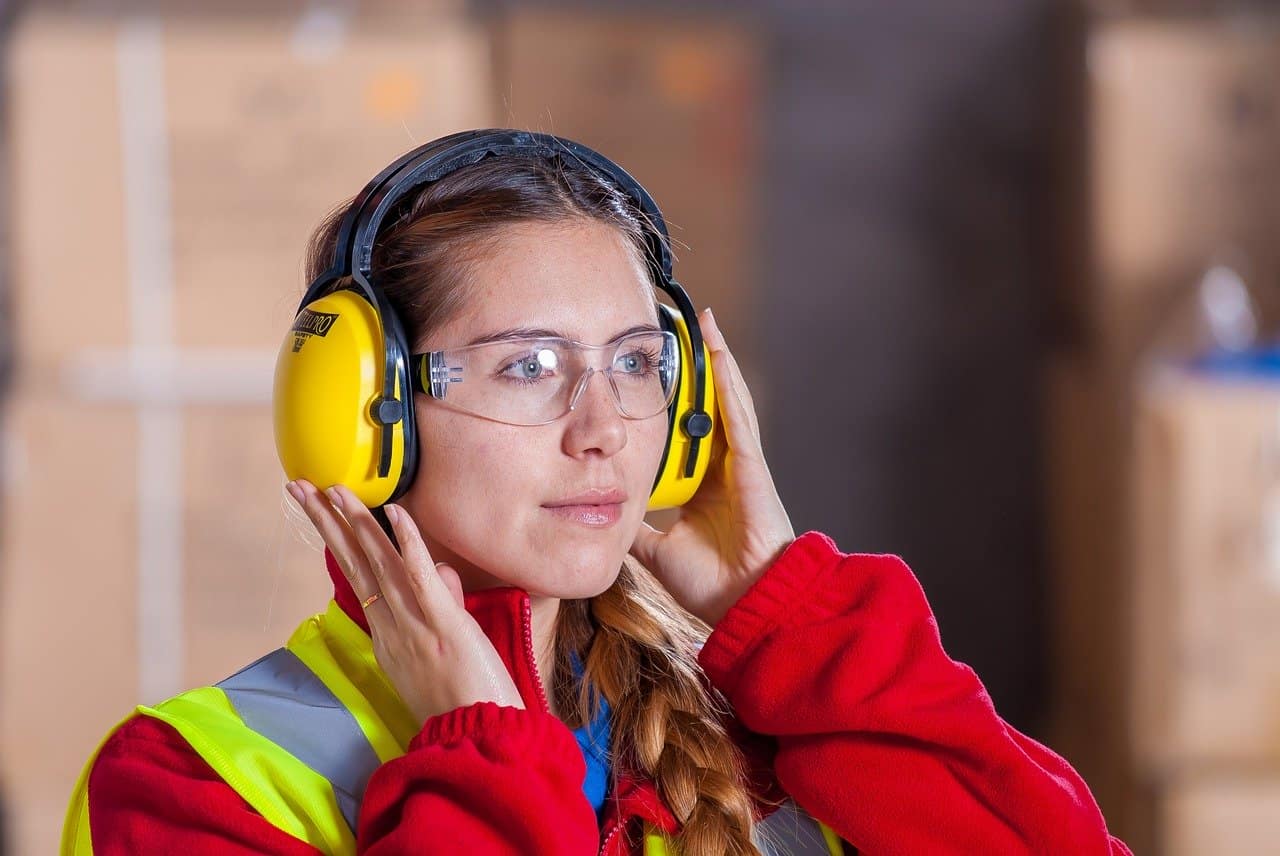Every organization has its own variation of basic firearm safety rules, but here they are in a nutshell:
- Treat all firearms as if they are always loaded
- Always keep the muzzle pointed in a safe direction
- Keep your finger outside of the trigger guard until the firearm is pointed at the target and you are ready to fire
- Always be sure of your target and what is beyond it.
CAUTION IS THE RIGHT ATTITUDE FOR GUN OWNERSHIP
You are toying with the idea of getting your concealed weapons permit, but you wonder if you can carry safely. A gun is a dangerous weapon, and you worry that a mistake could have fatal consequences.
That is a normal and appropriate response to the prospect of taking on such a monumental responsibility. I would worry about someone who took gun ownership casually. The fact that you are thinking about the ramifications is a good sign that you are ready to take on a larger role in your own safety.
Fortunately, there are guidelines to help you carry safely. Most states will require a permit to carry a gun, complete with a course and a shooting test to make sure you understand the rules well enough to carry safely.
In those states which acknowledge your Constitutional right to carry, you still have the option to take a class. I would recommend going ahead and getting a permit even in a Constitutional Carry state because you will need your state’s permit to carry legally in states that reciprocate with your state.
GET YOUR CONCEALED CARRY PERMIT
Your driver’s license works in all fifty states because all the states acknowledge each other’s licences. Concealed carry laws do not work that way.
My Concealed Weapons Permit in South Carolina, for instance, allows me to carry in 21 states plus Puerto Rico, and an additional 14 permitless states allow me to carry whether or not I am licensed in my home state. In the remaining 15 states I would violate state law by carrying my gun.
Another reason to take a class in a permitless state is to know the rules before you start to carry.
I took a driver’s ed course because I wanted to understand the rules of the road before I started driving, and I took a CWP course because I wanted to understand the rules of concealed carry before I became my own defender.
TREAT ALL FIREARMS AS IF THEY ARE ALWAYS LOADED
This rule will keep you out of trouble. If you treat your gun as loaded, you will prevent negligent discharge, which means accidentally shooting your weapon. Before you clean your gun or hand it to someone, open the cylinder or the slide to be sure no bullets are waiting for a ticket to ride.
Some semi-automatics will not shoot if the magazine is removed, but others will shoot the cartridge that loaded into the chamber when you shot your last round. Don’t assume there is nothing in the chamber. Look every time.
ALWAYS KEEP THE MUZZLE POINTED IN A SAFE DIRECTION
Never point a gun at anything you are not willing to destroy. That includes people, furniture, pets, and your own body parts. Accidents happen, but it is better if they do not happen to you.
Every gun instructor will have a story of the student who gestured with a gun in hand, absentmindedly pointing the gun in the direction of his conversational partner. Pair that gesture with poor trigger finger control and you have a scary situation.
When you have to carry a loaded gun, your best bet is to holster it while you walk. A bigger gun should be pointed down. Pay attention to where your feet are.
The saying “he shot himself in the foot” came from the days when guns did not have safety mechanisms and careless gun owners actually shot their own feet.
Handing your gun to someone else requires attention to the direction of the muzzle as well. Make sure the recipient has a firm grasp on the gun before you let it go. Better yet, lay it down on a flat surface and let the other person pick it up.
Gun owners like to show each other the neat features of their new guns, and sometimes they muzzle each other in the process of turning the gun over to show what it looks like from another angle.
Even if you unloaded it before demonstrating it, refer back to rule one and keep it pointed in a safe direction.
KEEP YOUR FINGER OUT OF THE TRIGGER GUARD
It is natural to want to rest your finger on the trigger between shots, the way they do in the movies, but don’t allow yourself to develop this habit. If something startles you, your finger will complete the action you started and you will shoot your gun unintentionally. Keep your index finger extended and resting outside the trigger guard until you are ready to shoot.
BE SURE OF YOUR TARGET AND WHAT IS BEYOND IT
Never shoot until you have ascertained that nothing unintended is beyond your target. Our shooting ranges have large dirt berms to stop the bullets, but we don’t shoot if anyone is walking in the woods beyond the berm.
In a self defense situation, you may have to use your gun in your own home. Be aware of the room that adjoins the location of your assailant. Bullets can travel through walls.
Notice how these rules stack upon each other. If you treat every gun as loaded, you will practice good muzzle control.
If you practice good muzzle control, you won’t be pointing at someone you love. If you discipline your trigger finger, you won’t shoot accidentally.
If you pay attention to your surroundings, you won’t shoot at the target just as someone else decides to cross in front of you. Follow all four rules and you will carry safely.
EYE AND EAR PROTECTION
In addition to the four Cardinal Rules of Gun Safety, you must preserve your sight and hearing with proper eye and ear protection.
The sound of a gunshot can be well over the threshold of pain and hearing loss if you aren’t wearing ear plugs or sound cancelling headphones.
Safety goggles protect your eyes from hot brass casings that don’t follow a predictable trajectory when they are ejected from the gun.
TAKE YOUR TIME AND DO IT RIGHT
Make sure you have your equipment in good working order before you head out to the range or leave home with your gun at your side. Cleaning your gun only takes a few minutes every few months, but it keeps the buildup of gunpowder residue from changing the way your gun shoots.
See my blog on cleaning a pistol or revolver. Any time you notice something about your gun that does not seem right, such as a hesitation or increasing malfunctions, ask an experienced shooter about it or take it to a gunsmith for evaluation.
See my blog about common semi-automatic malfunctions. Be sure you use the right caliber for your weapon and take the time to learn the differences. See my blog about types of ammunition.
Remember that safety is paramount when learning to shoot, and never compromise because you are in a hurry. Those few moments of preparation will keep you and your family safe so that shooting can be fun!
We suggest getting liability insurance when you buy a gun.
Visit the Double Eagle Gunworks channel on YouTube to watch informative videos.


